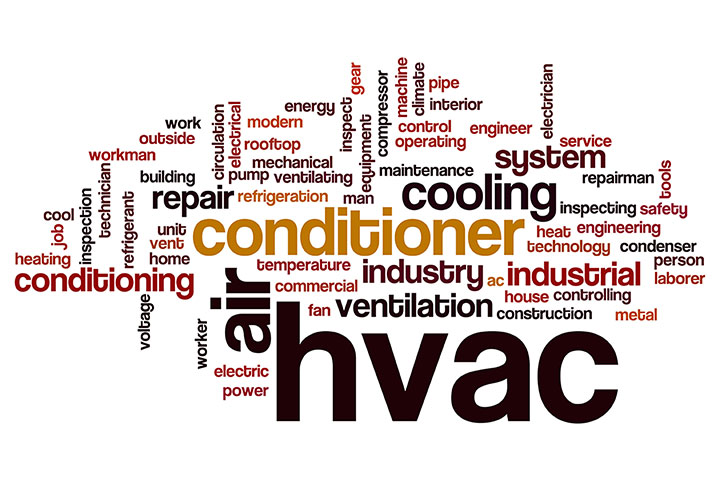
Understanding how your HVAC system works can help you ensure that you keep it running smoothly and efficiently year-round. Whether you want to brush up on your HVAC terms or you just want to impress your houseguests with your heating and cooling trivia knowledge, you can certainly put the terms below to good use!
7 HVAC Terms Every Homeowner Should Know:
Dehumidifier: This piece of equipment extracts humidity from indoor air. De-humidifiers work by cooling the temperature of the air so that the water turns from vapor to liquid, and then the liquid is removed from the air. It is the opposite of a humidifier.
Heat Exchanger: This component of an HVAC system is a device used to transfer hear between a solid object and a fluid (liquid or gas), or between two or more fluids. A heat exchanger transfers heat without transferring the fluid that carries the heat. Heat exchanges help heat or cool buildings or are used to help machines work more efficiently.
HVAC: Heating, ventilation and air conditioning is the technology that maintains environmental indoor comfort for buildings, both residential and commercial. HVAC systems deliver thermal comfort as well as maintain an area’s indoor air quality. HVAC system design is based on the principles of thermodynamics, heat transfer, and fluid mechanics.
Indoor Air Quality: This term describes the quality of air in an indoor space. Indoor air quality can be compromised when there is a high level of pollutants, such as from pets, chemical cleaners, or other sources. Proper ventilation, regular HVAC maintenance, and changing your home’s air filter whenever it is dirty will improve your indoor air quality.
SEER: This term stands for Seasonal Energy Efficiency Ratio and describes the rating that a cooling unit has about its efficiency. It is the cooling output during a cooling season divided by the total electric energy input during that same cooling period. In general, the higher the SEER rating, the more efficient the unit.
Split System: A split system describes the combination of an outdoor unit and an indoor unit used for both heating and cooling a home or place of business. This type of system is the most common type used.
Ventilation: (V in HVAC) is the process of exchanging or replacing air within a space to establish better indoor air quality. Ventilation removes foul odors and excessive moisture from the air, circulates outside air and prevents stagnation of indoor air.

Recent Comments